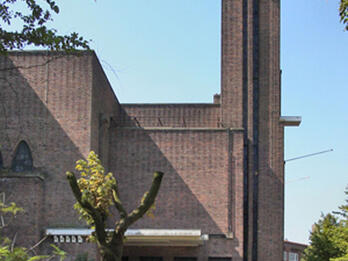Portrait of Mikhoels
Natan Altman
1927
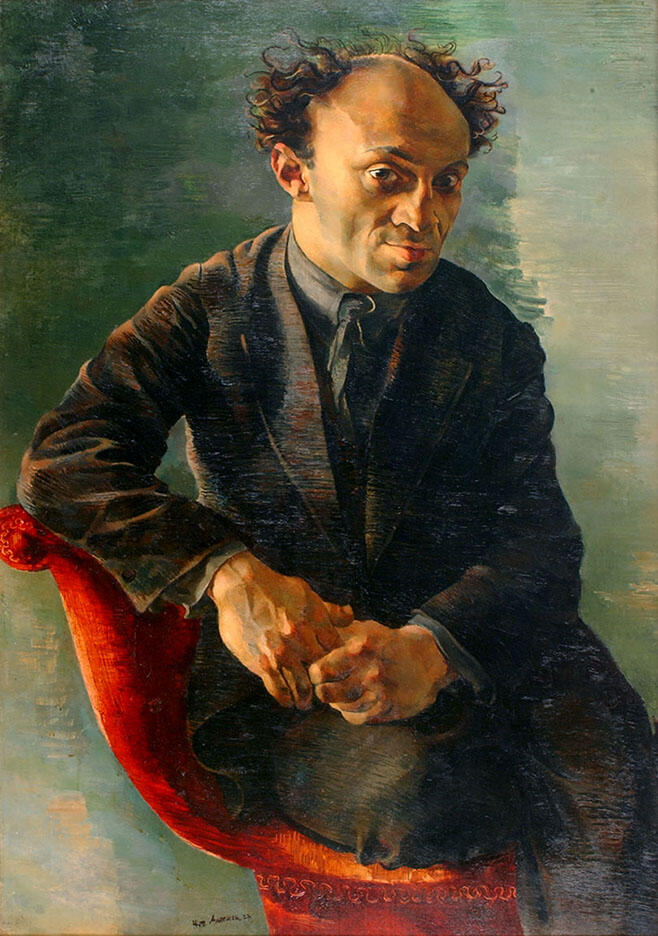
Creator Bio
Natan Altman
The Russian Jewish and Soviet painter, theatrical designer, and sculptor Natan Altman was born in Vinnitsa (today, Vinnytsya, Ukraine). He studied in Odessa from 1903 to 1907 and moved to Paris in 1910, before returning to Russia. Like his contemporaries Marc Chagall and El Lissitzky, the young Altman was influenced by cubism and other emerging postrealist and postimpressionist approaches and generally saw himself as part of the general Russian-European art scene. Yet during World War I and the early years of the Russian Revolution, Altman also briefly grew interested in traditional East European Jewish folk art and in the possibility of a modernist Jewish national art. In those years, he produced his most famous sculpture, entitled Head of a Young Jew (Self-Portrait); an emblem in the Jewish folk style for the Hebraist youth publishing house Ahinoar; and abstract constructivist set designs for the burgeoning modernist Yiddish theater. Altman lived abroad from 1928 to 1935, and when he returned to the Soviet Union, he agreed to work in the then-required style of socialist realism.
You may also like
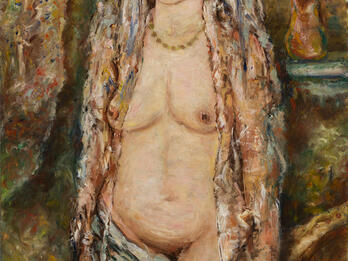
Jewish Bride
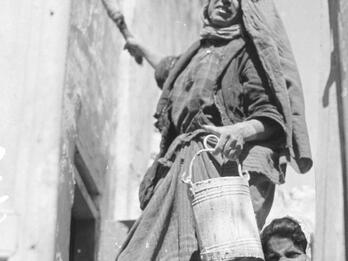
Jewish Woman of Safed Whitewashing Her Home in Preparation for Pessah

Billboards for Municipal Elections, Tel Aviv
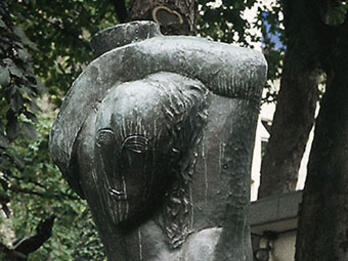
Rebecca, or The Large Woman Carrying Water

Synagogue, Linnaeusstraat, Amsterdam
